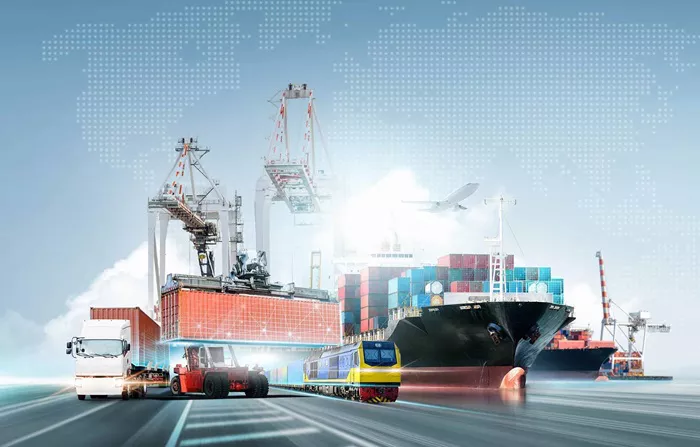As President Donald Trump begins his second term, the possibility of a global trade war remains a significant concern for international trade and economies. While trade flows were disrupted during his first term, they did not fundamentally weaken. However, the looming threats of 25% tariffs on Canada and Mexico, 10% tariffs on China, and the potential for universal tariffs across the globe could destabilize trade, inflate prices, and cause supply chain disruptions worldwide.
Despite warnings from the World Bank predicting weak global growth in 2025, the World Economic Forum forecasts that emerging and developing economies will be disproportionately affected due to their reliance on foreign direct investment and vulnerability to energy and commodity supply risks.
To mitigate these risks, businesses must assess trade vulnerabilities, diversify their supply chains, and explore new markets. Essential instruments like guarantees, documentary credits, and short-term financing play a crucial role in facilitating international trade. Banks, in particular, are instrumental in providing these financial tools, helping businesses navigate uncertainties and fostering trust in trade relationships.
“Trade corridors are being redefined, and new counterparty relationships are emerging,” explains Aditya Gahlaut, Managing Director and Co-Head of Global Trade Solutions for Asia-Pacific at HSBC. “Supply chains are evolving, with China no longer at the center of global value chains. This shift is leading to the creation of new value chains, and banks are key in linking these new players.”
As new counterparties emerge, many of whom may not be major players, Gahlaut stresses the importance of incorporating risk mitigation solutions. “When working with new or mid-market counterparties, risk management is crucial,” he adds.
Jean-François Denis, Global Head of Trade Solutions at BNP Paribas, echoes this sentiment. He highlights that trade finance’s core function is to help businesses mitigate risks, such as counterparty or country risks, while also optimizing working capital needs. Denis notes that understanding an enterprise’s business model and ecosystem is key to providing effective risk management. This insight allows trade finance experts to guide clients in navigating risks, whether they involve geopolitical instability or the evolving nature of business relationships.
Regarding working capital, Denis emphasizes the need for tailored solutions based on a client’s specific goals. He explains, “This requires not only advisory expertise but also deep local knowledge, as well as an understanding of the economic and industrial landscape.”
Adaptable companies that can navigate policy shifts will rely on their banking partners’ expertise to stay ahead. With the increasing importance of technology in global trade, digitalization is helping companies adapt to new trade routes. Advances in AI are improving fraud detection and anti-money laundering capabilities, while reducing processing times and enhancing real-time functionality.
While many trade finance blockchain consortia have failed, the push for industry standards continues. The International Chamber of Commerce, alongside Swift members—including banks, corporates, fintech platforms, and service providers—is working to develop standards to streamline trade finance instruments and ensure the interoperability of global trade transactions.
“Success will come from the gradual adoption of solutions, standards, and legal harmonization,” states Avanee Gokhale, Global Head of Trade Strategy at Swift. “We must collaborate to create a secure, digital future for trade.”
For companies operating in an increasingly fragmented global marketplace, trust, transparency, and robust risk management mechanisms will be vital for success.
Methodology: Behind The Rankings
Global Finance editors select the winners for the Trade Finance and Supply Chain Finance Awards with input from industry analysts, corporate executives, and technology experts. Ratings are based on performance data from the fourth quarter of 2023 to the third quarter of 2024, taking into account both objective and subjective factors. The proprietary algorithm considers criteria such as customer knowledge, financial strength, strategic relationships, capital investment, and innovation, producing a single numeric score where 100 represents perfection. Local providers and privately owned institutions are favored when scores are tied.
Related topics:
- India Surpasses China in Gold Purchases, Buying 51% More in Three Months
- Gold Rates Skyrocket in Chennai on Diwali, 24K Gold Exceeds Rs. 81,000 Per 10 Grams
- Gold and Silver Prices Rise Across India on January 13, 2025


